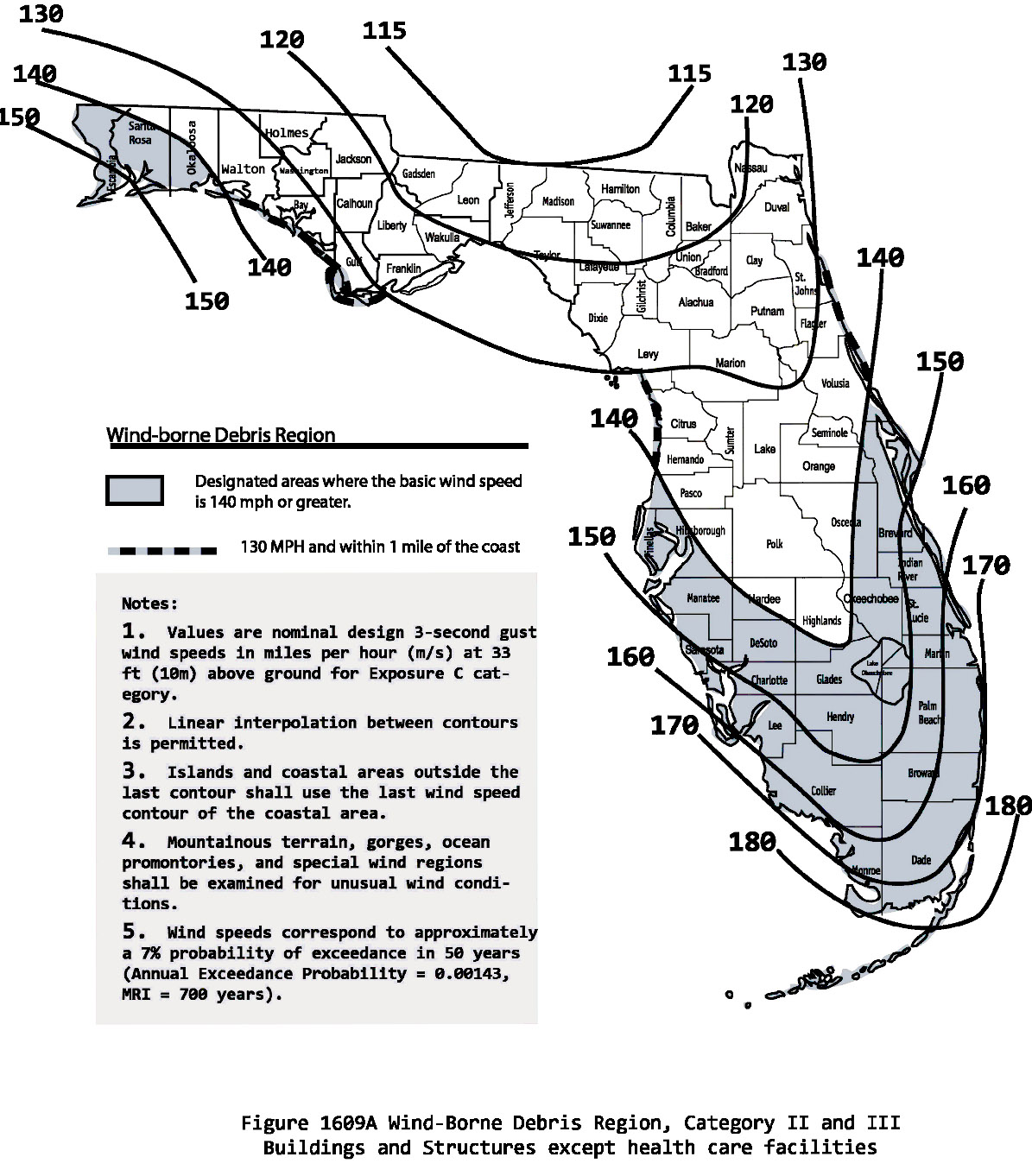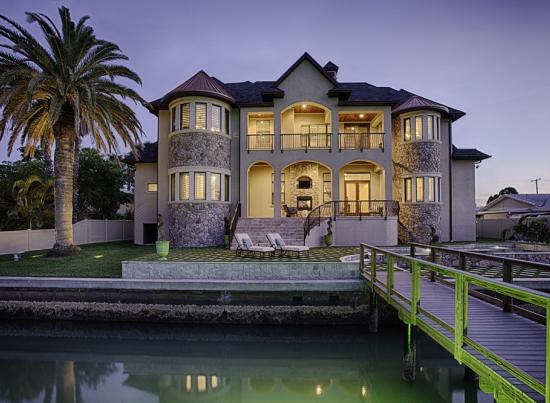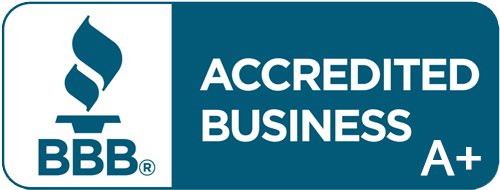Blue water, beaches and relief from personal income taxation are a few reasons that make living in South Florida extra special; another is the High Velocity Hurricane Zone (HVHZ) which is comprised of Miami-Dade, Broward and Palm Beach counties.
The damage Hurricane Andrew wrought upon South Florida in 1992 brought about a more rigorous Florida Building Code (FBC), bolstered its enforcement and created a more demanding system of product approval. The designation of the High Velocity Hurricane Zone (HVHZ) dictates that building products used within the zone are laboratory-tested to meet high standards of performance under the stress of extreme wind and pressure, and manufactured according to a quality assurance program that is third party approved.

In order to meet FBC and HVHZ standards, impact glass windows are large and small missile tested. Large missile testing is conducted by firing a nine pound, six foot long 2x4 piece of lumber at 50 feet per second from a cannon at the window system. Initially, the lumber is fired at the center of the window, again at a side of the window and lastly at the window’s frame. Once the projectile impact testing is complete, a pressure wall simulates negative and positive air pressure by pushing and pulling on the glass 4,500 times each way.
Small missile testing subjects the window system to a variety of strikes from 30 pellets traveling at 80 feet per second. By sustaining the impacts from small and large missiles and remaining intact, the FBC compliance of the window system is proven and ensures the window system’s performance in the HVHZ. The window glass may shatter but the essential result is that it remains in one piece and continues to repel the elements and debris.
The most vulnerable points of your home are its openings and should be the first priority in preparing your home to withstand a hurricane. To be effectively protected in a hurricane, doors and windows need to be able to withstand negative air pressure and high wind that blows debris around with incredible force during a storm. When a window breaks, aside of allowing water, flying glass and debris to enter your home, upward wind drafts force pressure upon the roof and can blow it off. Masking tape, plywood and hurricane shutters do not meet the most updated, advanced system in home protection. Consider replacement hurricane doors and hurricane impact windows that are specifically designed and constructed to maintain the safety of your home and family within the HVHZ.
To learn about the differences between impact products and shutters, visit our page and download a free copy of our comprehensive analysis.
by Kate Donovan



